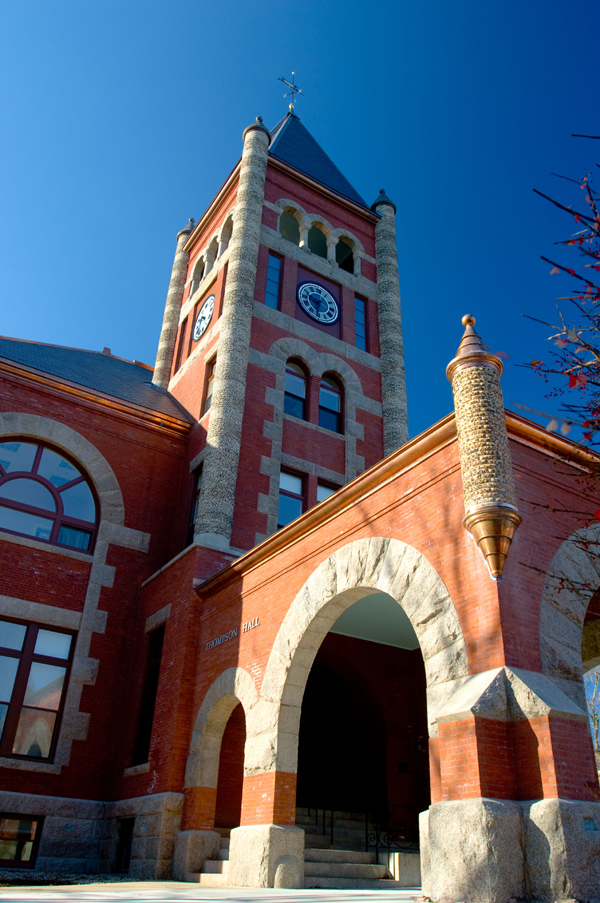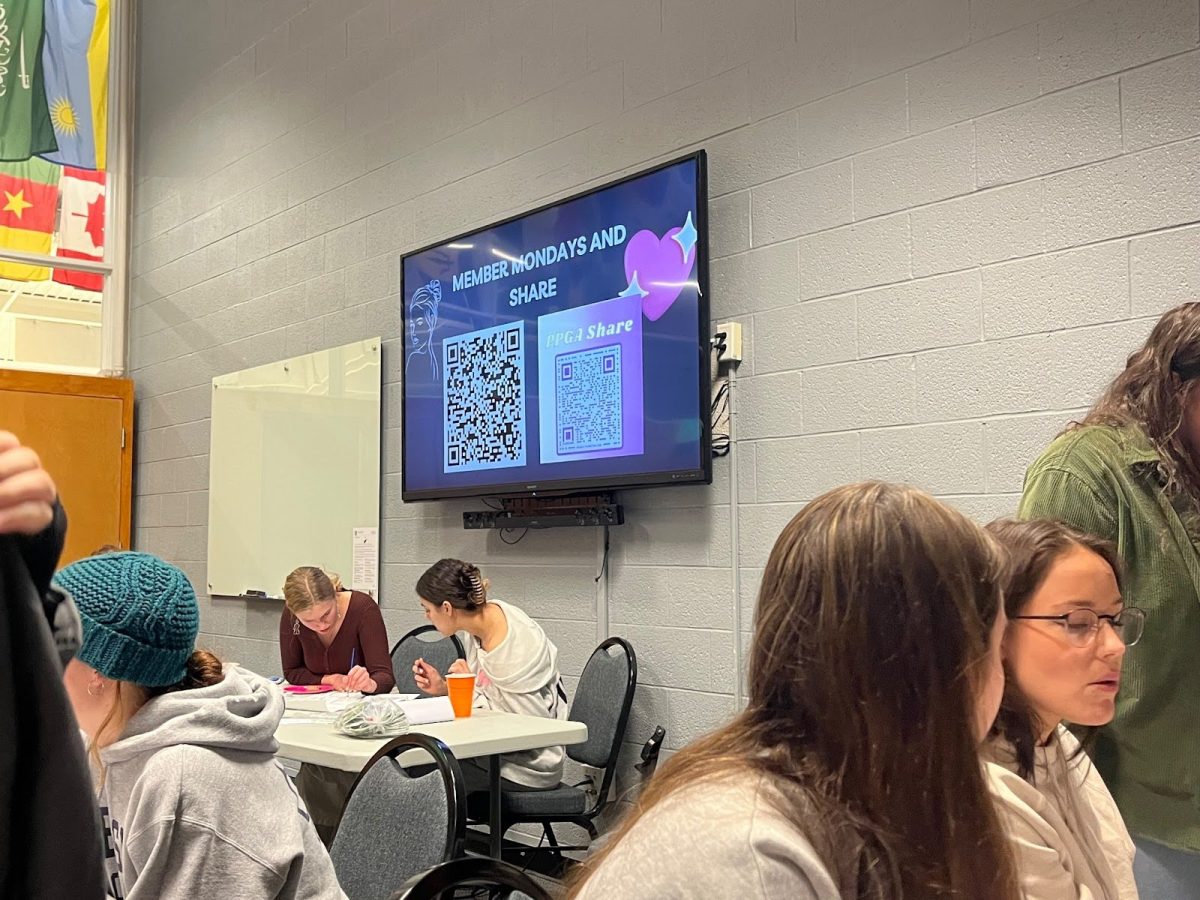
Teacher retention has long been a concern in the United States. Since the 1970s and 1980s, multiple studies have been done on why teachers seem to leave their profession faster and at a higher rate than many other professions. Teacher Survival Rates– A Current Look, published in 1978, reported that 25% of all people with teaching certificates never begin teaching or leave teaching within a few years. A 1981 study titled Teacher Mobility Revisited revealed that in the early 1970s, there was a 33% likelihood that a first-year teacher would leave. But in the late 1960s, the study predicted the leave rate would be 16% in the first three years.
Modern studies show that an educator shortage has been brewing for decades, the effects of which are just starting to be seen. Since 2017, openings have outpaced hires – a gap that grows every year. On top of that, teacher enrollment was much lower in 2019-2020 than even a decade ago, and almost half of new hires leave the teaching profession in the first five years, according to the study The Transformation of the Teaching Force, published in 2021.
Dr. Kathryn McCurdy, an associate clinical professor and the director of teacher education in the education department at the University of New Hampshire (UNH) primarily researches teacher education, teacher mentoring and issues related to teacher retention. She says that one of the biggest shifts they have been seeing is lower rates of individuals entering the workforce. These shifts can create big impacts on students and schools.
“One researcher described the teacher retention problem as a ‘revolving door,’” Dr. McCurdy said. “High amounts of teacher turnover can impact the cohesiveness of the school learning community and the larger community.”
Reflecting back on her time as a middle school math teacher, Dr. McCurdy described that consistency in schools is important to developing trust with not only the students, but with the community as a whole.
“This is not to say that families and students do not feel a sense of trust with a new teacher,” she said. “But having a high level of teaching continuity helps to more quickly create that sense of partnership between all the individuals in a child’s life.”
Beth Koenigsbauer, a paraprofessional and long-term building substitute in the Windham School District (WSD), believes the modern school system is the main culprit for the low retention rates.
“There is a lot more heaped upon teachers besides just teaching,” explained Koenigsbauer.
There is little flexibility in classrooms for teachers, according to Koenigsbauer, because they have to “cram everything in there” in order to prepare students for standardized tests. This, she says, is not only difficult for teachers but for students as well.
Beyond the impact that increased stress for teachers can have, a study by Phi Delta Kappa (PDK) International, an organization of educators, showed that modern parents are not encouraging their children to be educatorrs as much as they did in the past. In fact, the percentage of Americans who would not want their children to become educators has recently surpassed the number who would.
However, as much as there is a national issue, there are steps taken every day in order to combat it. Dr. McCurdy said there are multiple efforts taken at nearly all levels to support the teaching profession.
One example she described happened right here at UNH, where the university received a multi-million dollar grant to form a rural teaching residency program.
“This program supported students who wanted to become teachers in rural parts of New Hampshire by having students complete coursework and their student teaching in their local communities,” she said. “The grant supported teachers in the North Country and Lakes Regions of New Hampshire, and many graduates of the program still teach today.”



















